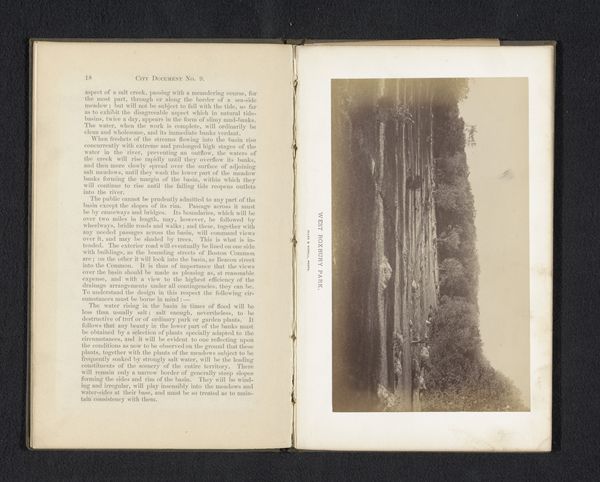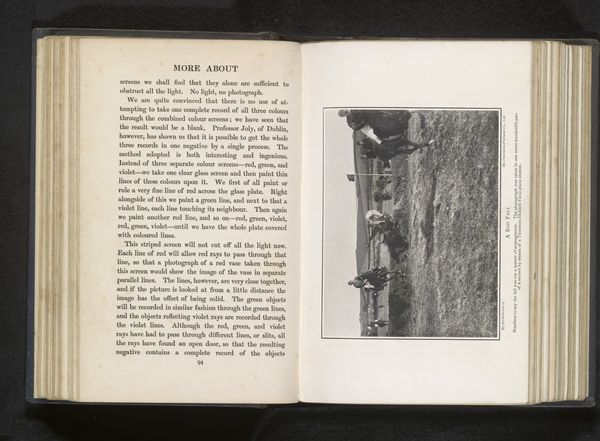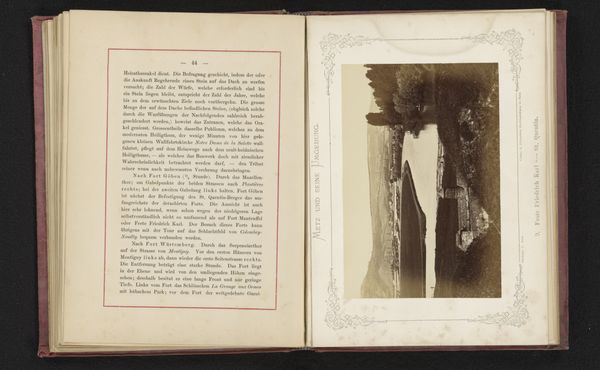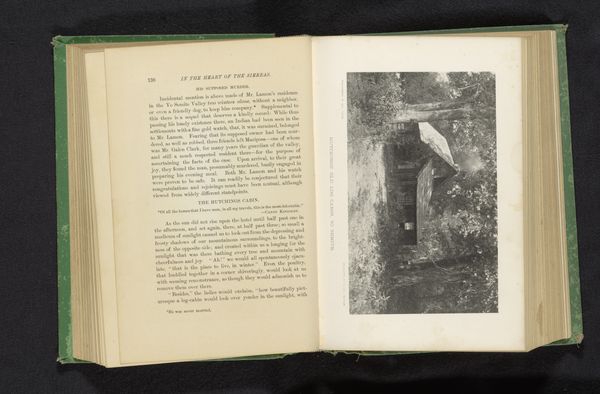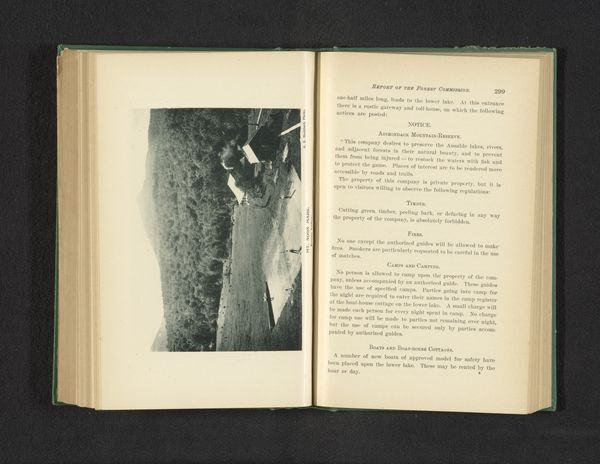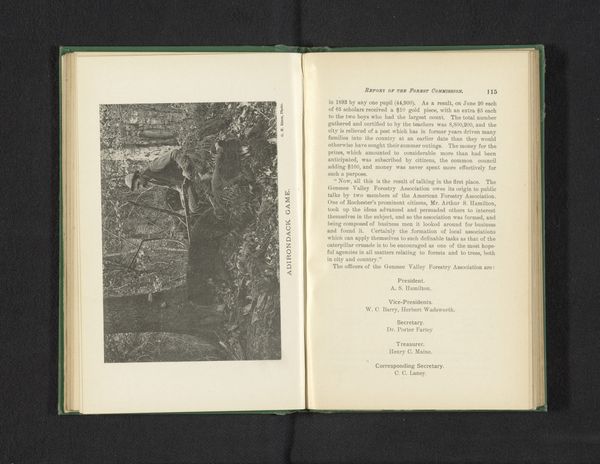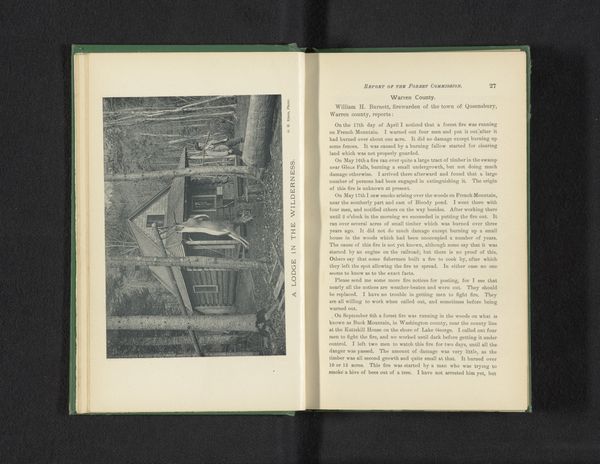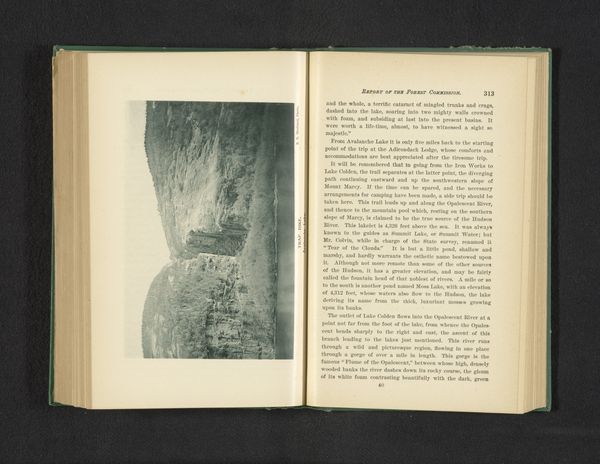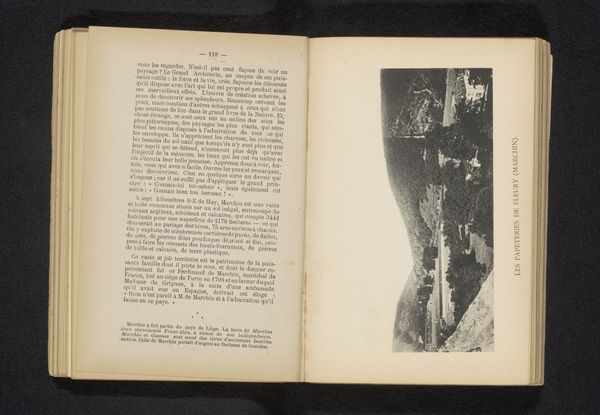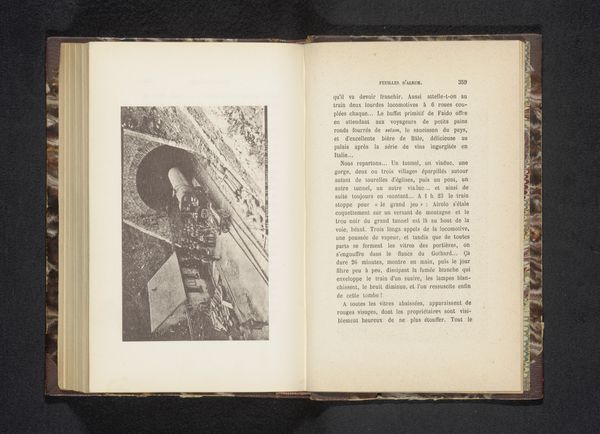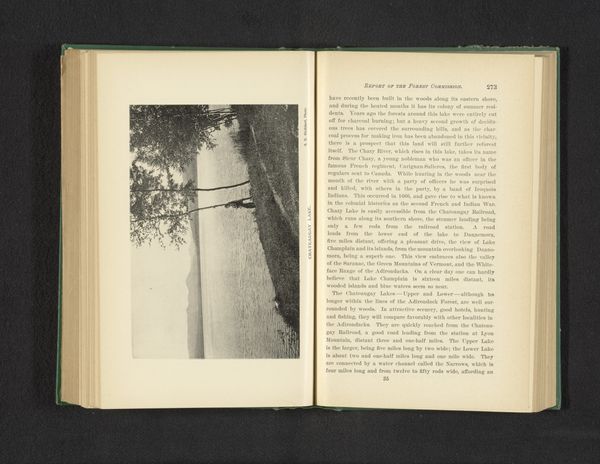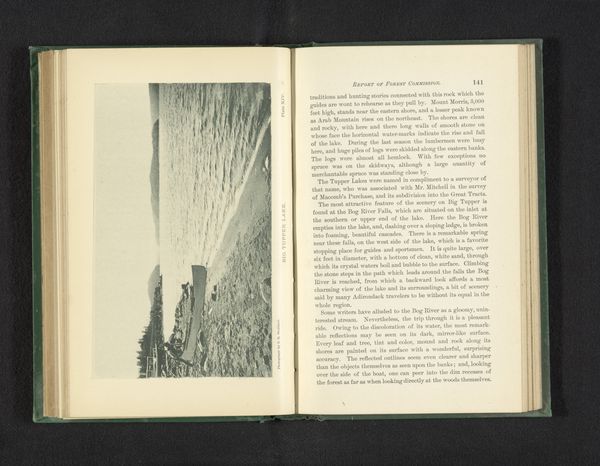
Dimensions: height 100 mm, width 161 mm
Copyright: Rijks Museum: Open Domain
Editor: So here we have Seneca Ray Stoddard’s “Blue Mountain Lake,” from 1893, a gelatin-silver print. The image itself feels so still, quiet… almost like a memory fading at the edges. It's just striking how this pristine landscape was captured using such a nascent technology. What can you tell me about it? Curator: For me, this image sparks curiosity about the physical act of its creation. How did Stoddard, with bulky equipment of the time, access this location and capture this vista? We see the “untouched” landscape, but we have to remember this image exists because of human labor and industrial processes. The very materiality of a gelatin-silver print is rooted in factories, chemical production, and resource extraction. What do you make of the perspective chosen by the artist? Editor: I see what you mean! That seemingly objective "natural" scene required so many human actions and materials. And that perspective, I guess it's elevated, giving us a sense of mastery over the land, maybe reflecting the era's view of nature as a resource to be managed and controlled? Curator: Exactly! And consider the destination this photograph appears in. Was it for scientific survey, artistic purposes, or, most likely, promotional material that supported growing tourism to the region? Look closely: what do you notice? Editor: The lake itself! Its surface looks incredibly smooth, almost unreal. But there are also some visible buildings nearby. Are these early resorts? The whole photograph then speaks to a tension between this idyllic nature and early commercialization. Curator: Precisely. And how does this affect your view? Editor: It makes me rethink my initial impression. It's no longer just a beautiful landscape but a record of human impact. The photograph itself is both a product and driver of that change, showing off an inviting image for consumption. Curator: Agreed. Examining it from this materialist lens adds so much. It becomes a historical document of environmental, economic and cultural significance. Editor: That's true; I hadn’t thought about the photograph as a product intertwined with those early industries. Thank you!
Comments
No comments
Be the first to comment and join the conversation on the ultimate creative platform.

